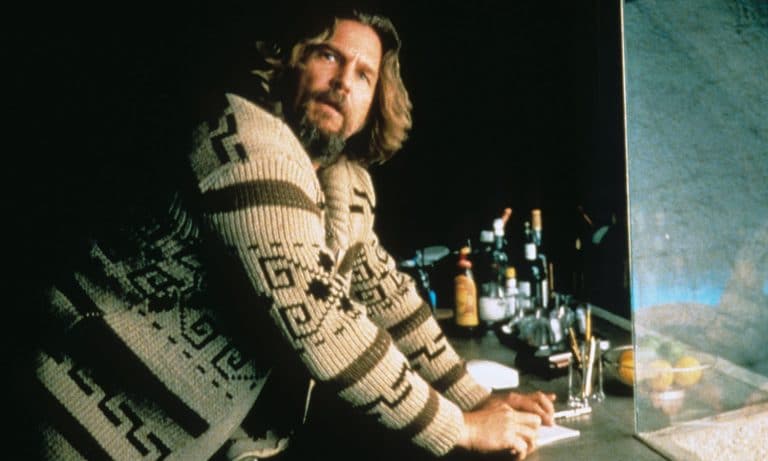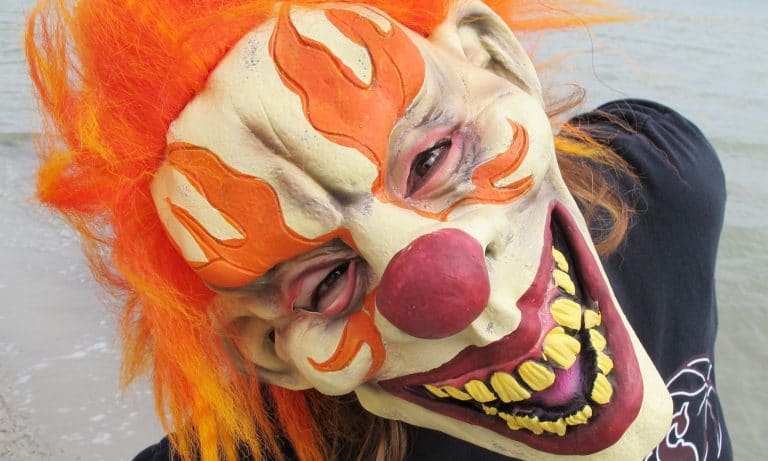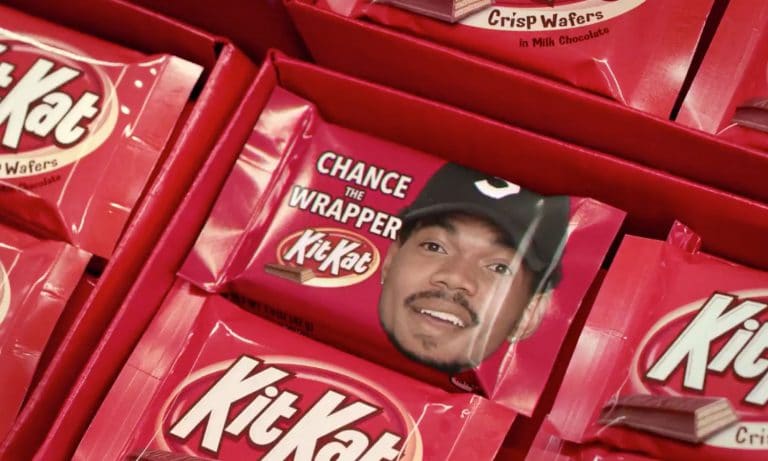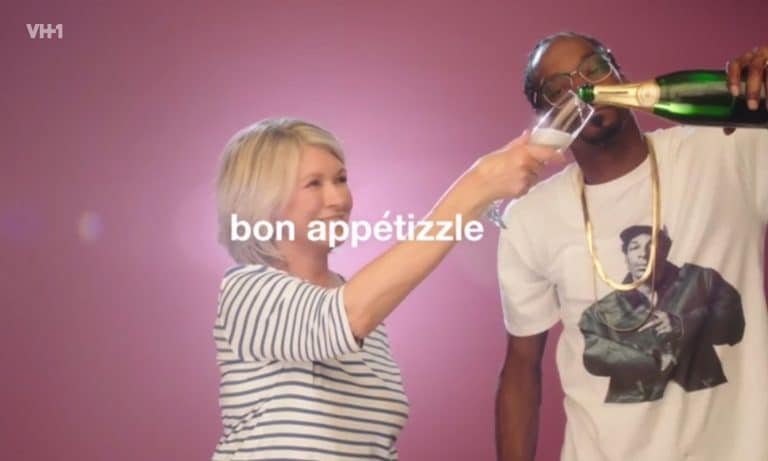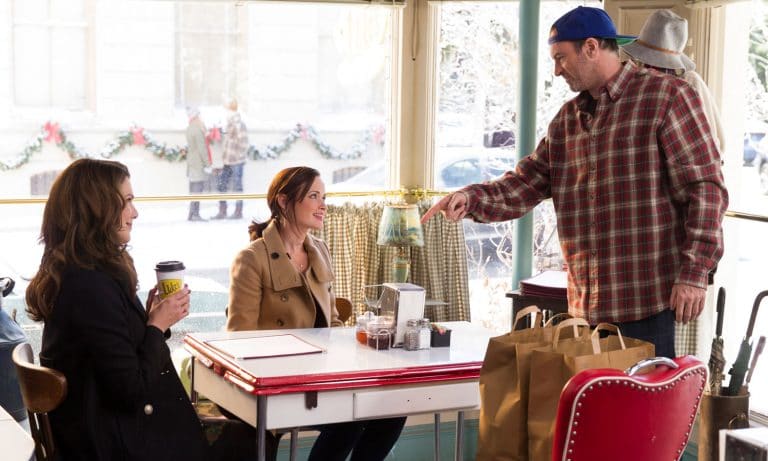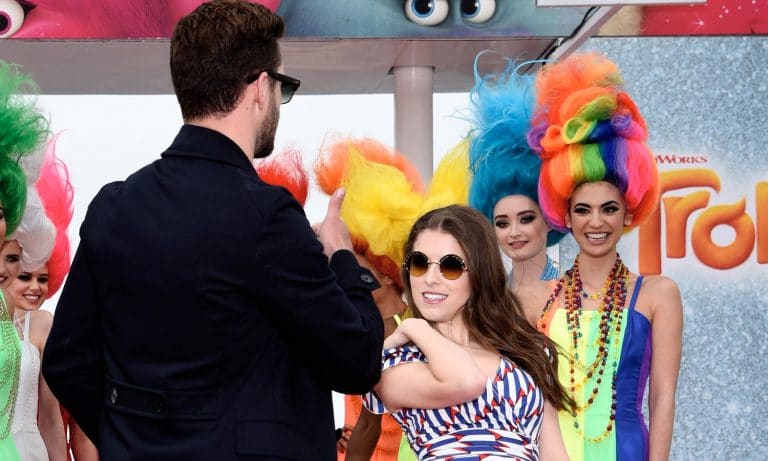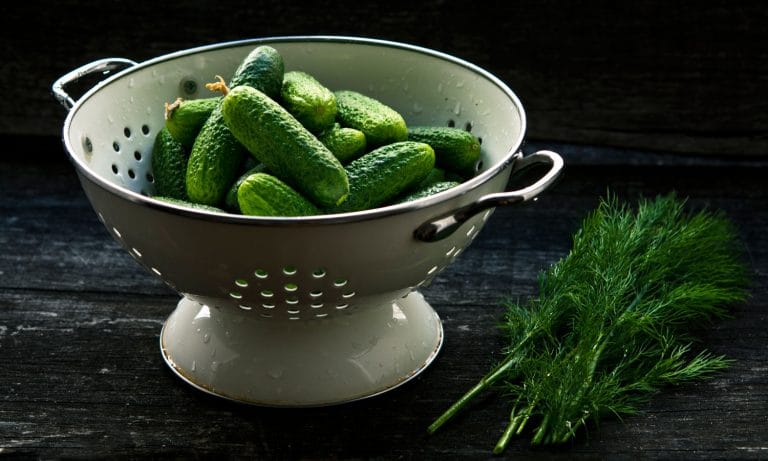Forget what Anna Wintour or Tim Gunn are touting as this season’s faaabulous must-have items. Show your style and your marijuana pride with these 420-friendly accessories. We’re not talking tie-dyed Bob Marley T-shirts or itchy hemp ponchos. We’re into designer looks and hip styles for fashionista cannabis fans. High fashion, right?
Margot Robbie’s Alexander Wang Confection on SNL
https://www.instagram.com/p/BLI1A1IjFXG/?taken-by=margotrobbie_page&hl=en
Aussie actress Margot Robbie hosted Saturday Night Live’s season opener in an edgy lace and faux-leather dress, featuring inset lace marijuana leaves on the skirt. NBC network censors were probably already asleep when the actress delivered her monologue on the late-night comedy show. The dress is from Alexander Wang’s 420-friendly Fall 2016 collection, where the pot leaves show up on everything from mohair minis to slip dresses to bucket bags.
Shop the collection on Alexander Wang.
Vape Cases and Purses That Hide That Aroma
https://www.instagram.com/p/BCO6jqcx_VP/?taken-by=annabis_style
We all wish to be discreet at certain times. Whether you are carrying stinky French cheese or an aromatic stash of marijuana refreshment, the peeps in the elevator don’t need to be clued in to your personal activities. AnnaBís has created a line of luxury purses and vape cases that are not only easy on the fashionista eyes, but functional as well, with specially-designed compartments and Odor-Loc Technology. They’ve got unisex and vegan styles; so far, no gluten-free ones.
From $70-$295 on AnnaBís.
The Dude’s Signature Sweater
https://www.instagram.com/p/BJSdM4phbnV/
Now for something retro. You thought The Dude’s beat-up sweater on “The Big Lebowski” was probably something he found in an alley or in a Goodwill “clearance” bin. You would be wrong. Turns out The Dude has a taste for the finer things in life — weed, White Russians, bowling, and lambswool. The Original Westerley sweater, which Pendleton debuted in 1972, is back by popular demand, thanks to fans of the cult film. Every last color and detail has been seen to. Pendleton, like The Dude, abides.
Dry clean only. On Pendleton.
In Praise of the Sweet Leaf
https://www.instagram.com/p/BEUqyjPo92x/
Diamonds and weed are a girl’s best friends. Jacquie Aiche looked to her heritage for inspiration when creating her line of jewelry and accessories, with its Native American and Middle Eastern influences, and its ethereal, whimsical feel. The accessories are in snakeskin or lambskin, while the jewelry uses pave diamonds and 14K yellow, white, or rose gold.
Ranges from $125 to $6,250 at Jacquie Aiche.
For the Rugged Cannabis Enthusiast

If you don’t want to look like all the other hipsters in your flannel plaid, skinny jeans, and Timberland boots, here’s the ticket. Stand out while showing your cannabis pride with these customized Timberland boots, with or without the spikes. You can even change the print or the color of the spikes—make them truly yours! Now unlacing them after you’ve had a few tokes … proceed with caution.
From $199 at Eshays.

